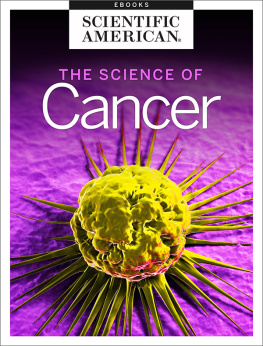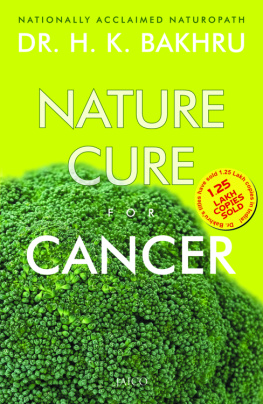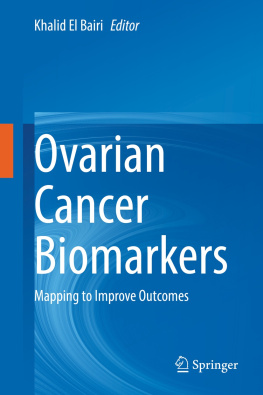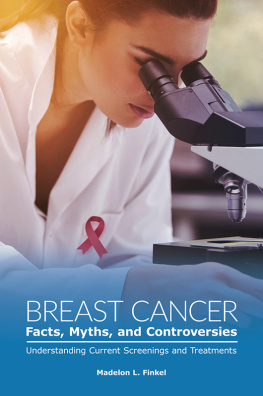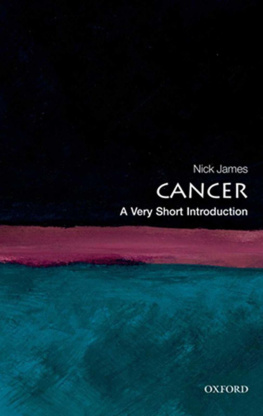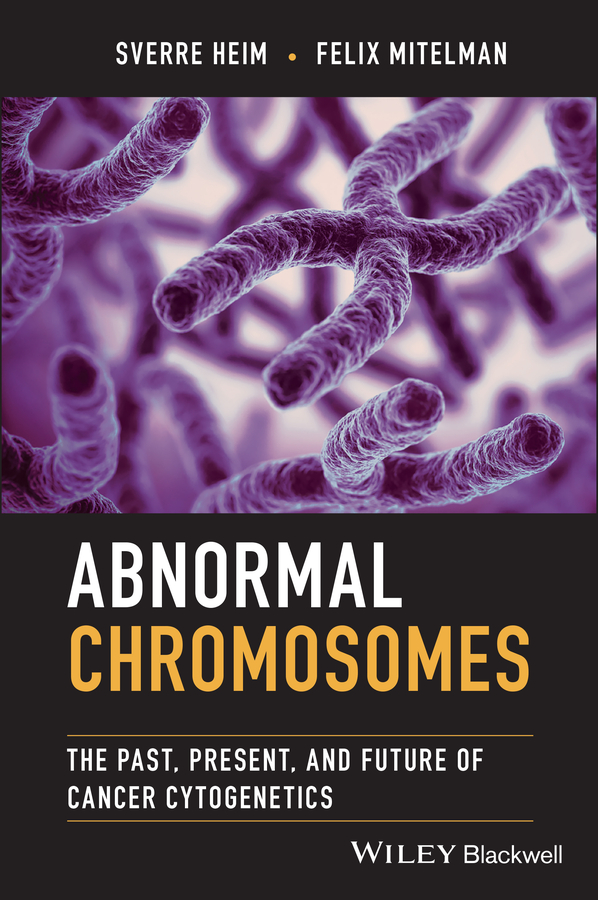Sverre Heim - Abnormal Chromosomes: The Past, Present, and Future of Cancer Cytogenetics
Here you can read online Sverre Heim - Abnormal Chromosomes: The Past, Present, and Future of Cancer Cytogenetics full text of the book (entire story) in english for free. Download pdf and epub, get meaning, cover and reviews about this ebook. City: Hoboken, year: 2022, publisher: Wiley-Blackwell, genre: Science. Description of the work, (preface) as well as reviews are available. Best literature library LitArk.com created for fans of good reading and offers a wide selection of genres:
Romance novel
Science fiction
Adventure
Detective
Science
History
Home and family
Prose
Art
Politics
Computer
Non-fiction
Religion
Business
Children
Humor
Choose a favorite category and find really read worthwhile books. Enjoy immersion in the world of imagination, feel the emotions of the characters or learn something new for yourself, make an fascinating discovery.

- Book:Abnormal Chromosomes: The Past, Present, and Future of Cancer Cytogenetics
- Author:
- Publisher:Wiley-Blackwell
- Genre:
- Year:2022
- City:Hoboken
- Rating:4 / 5
- Favourites:Add to favourites
- Your mark:
Abnormal Chromosomes: The Past, Present, and Future of Cancer Cytogenetics: summary, description and annotation
We offer to read an annotation, description, summary or preface (depends on what the author of the book "Abnormal Chromosomes: The Past, Present, and Future of Cancer Cytogenetics" wrote himself). If you haven't found the necessary information about the book — write in the comments, we will try to find it.
In Abnormal Chromosomes: The Past, Present, and Future of Cancer Cytogenetics, globally renowned researchers Drs. Sverre Heim and Felix Mitelman deliver a state-of-the-art review of how cancer cytogenetic analyses have contributed to an improved understanding of tumorigenesis as well as to the diagnosis and treatment of cancer patients. The book also discusses how cytogenetics the study of chromosomes - meets, interacts with, and cross-fertilizes other investigative technologies, including molecular somatic cell genetics.
The book provides an impetus to think more deeply about the role chromosomes, and their abnormalities, play in health and disease, especially in neoplastic disorders. From which origins did cytogenetics develop? How did the finding of acquired chromosomal abnormalities in cells of leukemias and solid tumors influence our understanding of cancer as a biological process? How was information of this nature put to good use in the clinical management of cancer patients?
Abnormal Chromosomes: The Past, Present, and Future of Cancer Cytogenetics offers readers:
- A thorough introduction to ancient theories of disease, the advent of cellular pathology, and how a scientific interest in chromosomes developed
- Comprehensive exploration of the conceptual importance of Theodor Boveri and his somatic mutation theory of cancer
- A detailed chronological resume of cancer cytogenetic discoveries during the 20th century
- In-depth discussions of the role of chromosome abnormalities, oncogenes, and tumor suppressor genes in leukemias, lymphomas, and solid tumors, together with a survey of what chromosome analyses have revealed about the clonal evolution of neoplastic cell populations
- A discussion of the importance of pathogenetic classifications of neoplastic diseases, the role chromosome abnormalities play in this context, and which technological breakthroughs can be expected in chromosome-oriented cancer research
Sverre Heim: author's other books
Who wrote Abnormal Chromosomes: The Past, Present, and Future of Cancer Cytogenetics? Find out the surname, the name of the author of the book and a list of all author's works by series.




